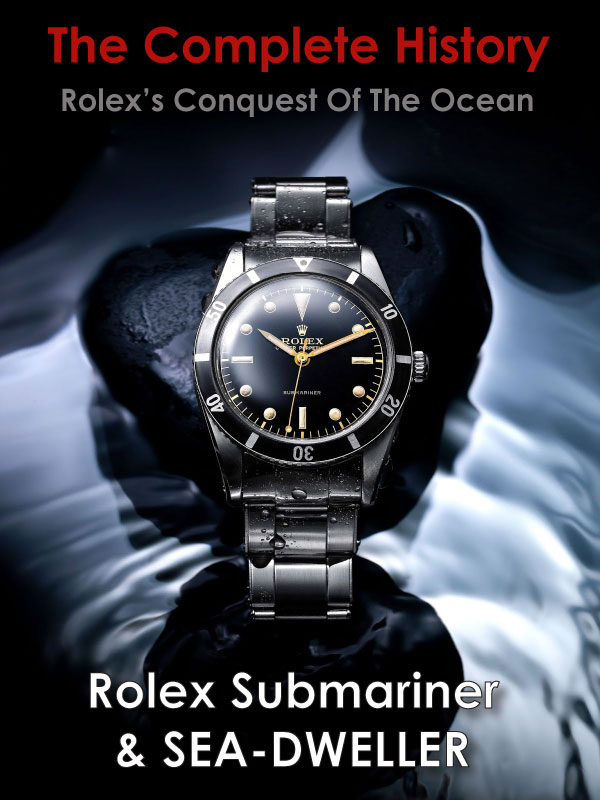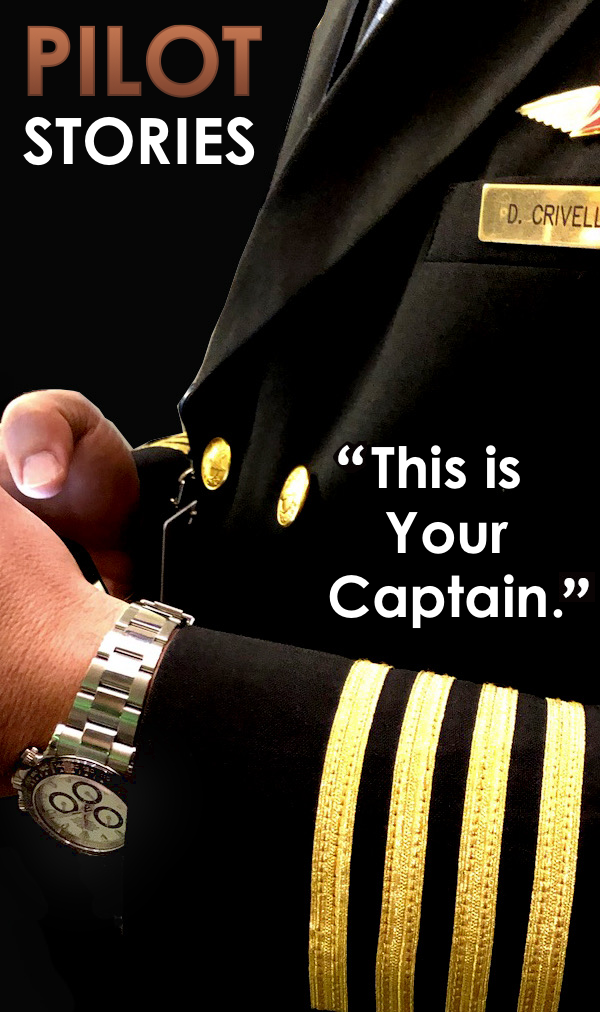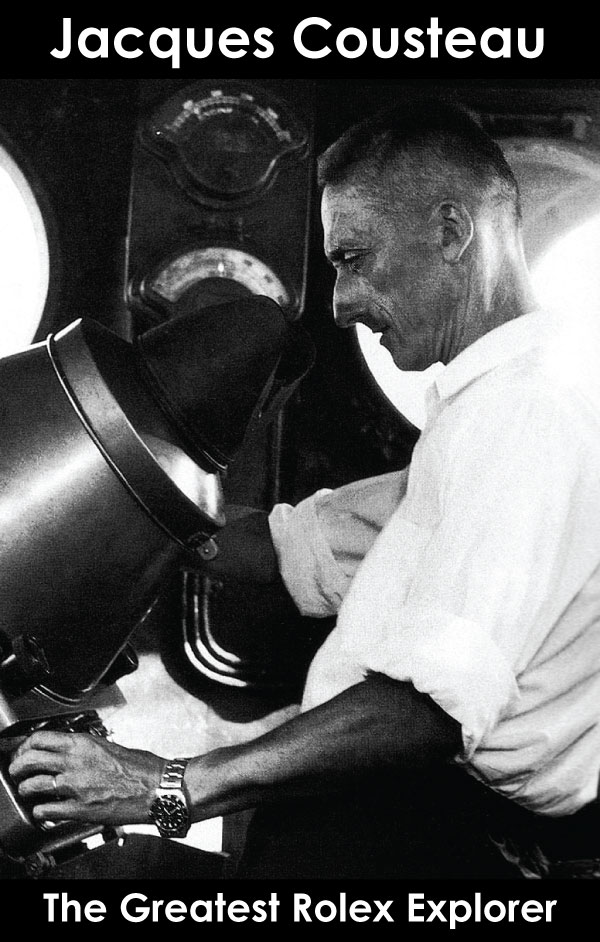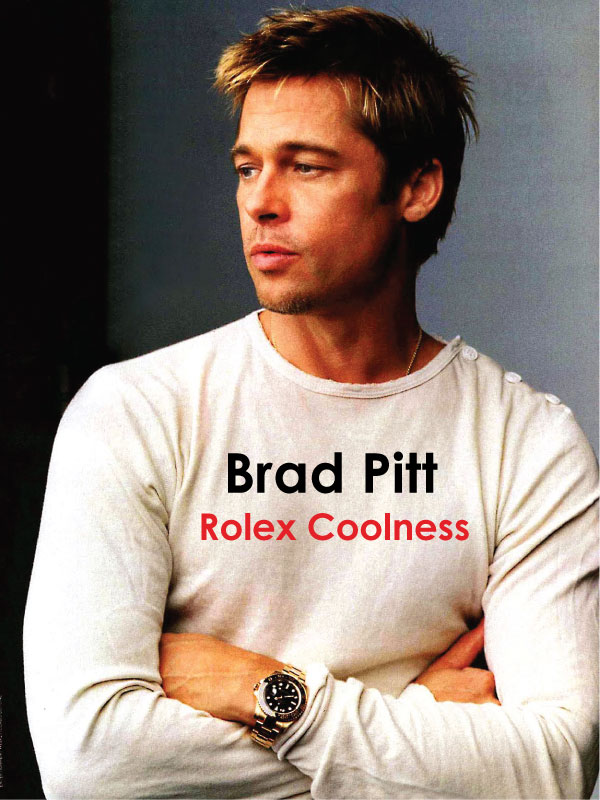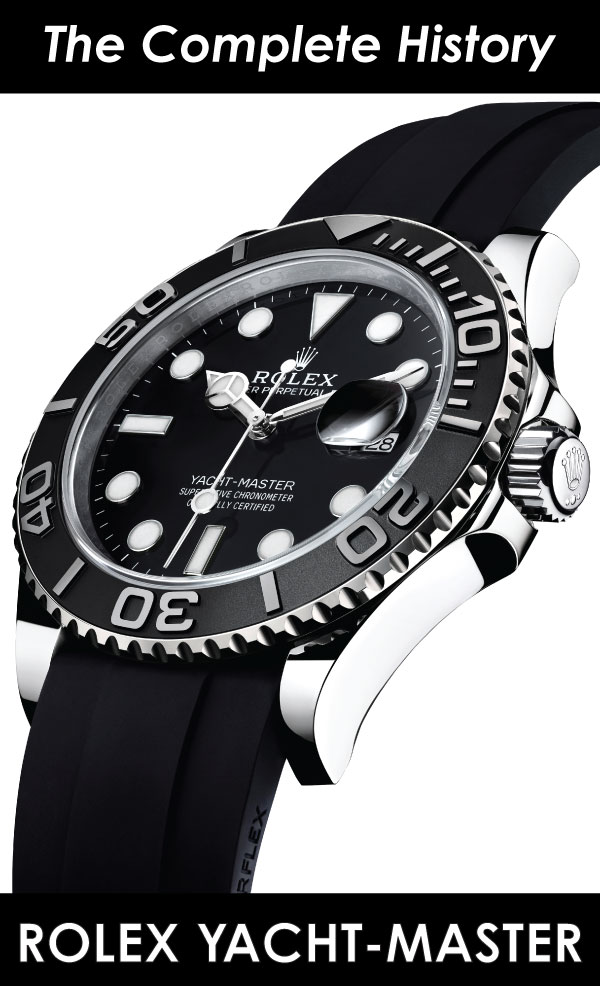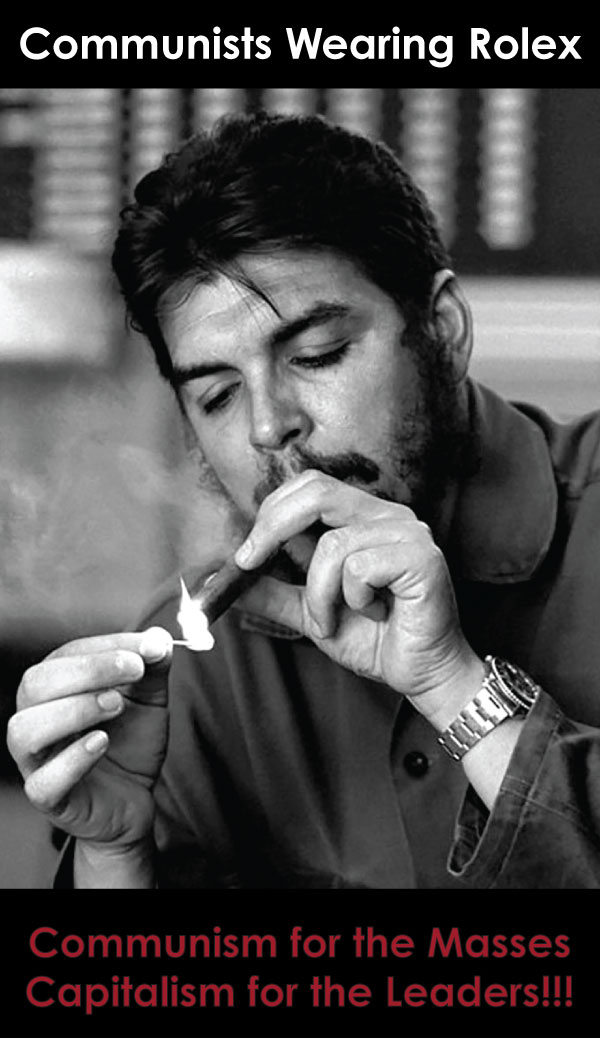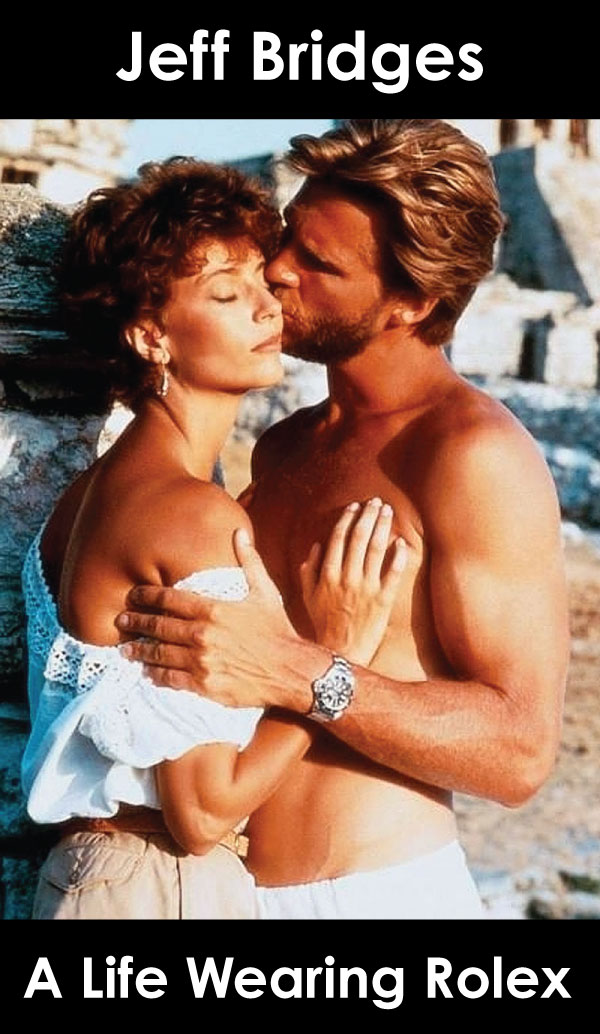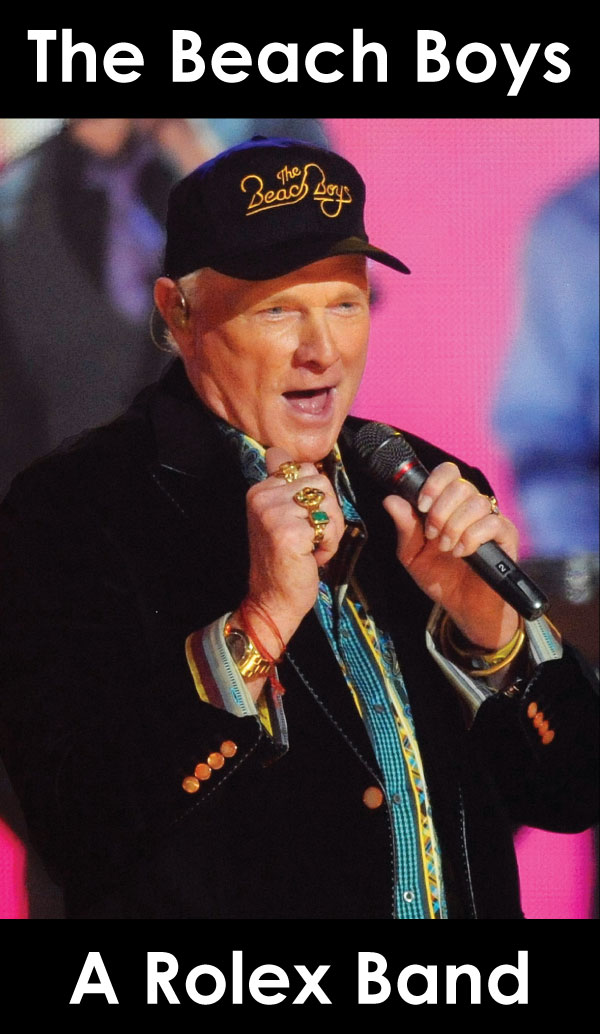Rolex Patent Application
California Dial
June 15, 1942
The significance of this dial is it is the basis of the dial on the Rolex Submariner, SEA-DWELLER and GMT-Master.
Sverker is a reader of Jake's Rolex World from Sweden. On April 7, 2017 he wrote in recently and sent me a copy of the original patent application for what now is commonly referred to as The California Dial.
Sverker not only sent in the patent application seen above and below in this post, but also translated the while thing from French to English and here is what it says:
The object of the present invention is a timepiece dial. This dial is characterized in that it comprises hourly signs constituted by Roman numerals and others by Arabic numerals.
The accompanying drawing shows, by way of example, four embodiments of the object of the present invention.
FIG. 1 is a plane of the first embodiment. Figs. 2, 3 and 4 are small-scale planes, the second, respectively the third and fourth embodiments.
The dial of FIG. 1 is a round dial with an hour circle with twelve signs, one for each hour. The signs for hours 10 and 11 and 1 and 2 are Roman numerals, those for hours 4 and 5 and 7 and 8 by Arabic numerals and those corresponding to noon, 6 o'clock, 3 o'clock and 9 o'clock, By simple geometrical elements, namely a triangle and three horizontal sticks.
It will be seen that this layout gives a clear and simple turn of the hours, easy to realize with luminous material and allowing an easy reading of the time especially for wristwatch boxes whose dials are relatively small. In fact, the fact that the Roman numerals occupy half the dial and the Arabic numerals the other, clearly distinguishes these two halves. In addition, the Roman numerals chosen are those which are the simplest to perform and the easiest to read.
In the other three embodiments, the hourly sign corresponding to time 5 is constituted by the corresponding Roman numeral and the hourly sign corresponding to 6 hours is constituted by a very short vertical line. In the embodiment of FIG. 2, the sign corresponding to noon, is indicated by a vertical line, in that of fig. 3, by two vertical lines and, in that of FIG. 4, by a short stroke surmounted by a half-circumference. Of course, the aforementioned provisions could be applied to dials of a shape other than round and other arrangements would still be possible
CLAIM
Dial of timepiece, characterized in that it comprises hourly signs co-located by roman numerals and others by arabic numerals.
SUB-CLAIMS:
1. Dial according to claim 1, characterized in that it comprises: In addition, time symbols constituted by triangular geometrical elements.
2. The dial as claimed in claim 1, wherein the symbols corresponding to the hours 10 and 11 and 1 and 2 are constituted by Roman numerals.
3. Dial according to claim 4, characterized in that the signs corresponding to Hours 4, 7 and 8 are Arabic signs.
4. Dial according to claims 1 to 3, characterized in that the corresponding 5-hour sign is the corresponding Roman numeral.
5. Dial according to claim 1, characterized in that the remaining digits are constituted by geometrical elements.
6. Dial according to claims 1 to 3, characterized in that the sign corresponding to 5 hours is constituted by the corresponding Arabic numeral.
7. Dial according to claim 6, characterized in that the remaining signs are constituted by the geometric elements.
MONTRES ROLEX S. A. Mandataire A. BUGNION, Genève.
1942 World War II
Rolex U.S.A. Christmas Message
The Rolex Christmas ad seen below was published in the United States in 1942, and if you look closely you will see a "California Dial" Rolex in the center of the row of Rolex watches at the bottom of the ad.
1942 World War II
French Rolex Ads
1943 Swiss Magazine Ad
Rolex Bubbleback
The image below is from a Swiss magazine that was published in 1943 and it shows a beautiful Rolex Bubbleback with a classic California dial, with Lake Geneva shown in the background. This watch was a harbinger for the magnificent art-deco design language that would evolve a decade later into the Submariner and GMT-MASTER.
Pictured below, we see yet another Rolex Advertisement which is from 1945.

The Rolex magazine ad pictured above reads:
Fitted with our "patented" ERROR-PROOF RADIUM DIAL. ERROR-PROOF RADIUM HANDS.
The figures and divisional signs are deeply recessed and filled with stong luminous compound.
Fully winds itself automatically and silently by 6 hours normal wear on the wrist. If wanted it can also be wound by hand in case of illness. No shocks nor vibration disturb its precision. Superlative finish of every detail. In addition to constant and even tension of mainspring-power, contribute and facilitate the obtaining of almost unbelievable regularity in precision timekeeping. Every one of these self-winding chronometer wrist-watches is now supplied exclusively with a Swiss Official Timing certificate and impartial document of quality and highest precision. Montres Rolex
Below is a similar 1945 Rolex ad, but this one is in Spanish:






































